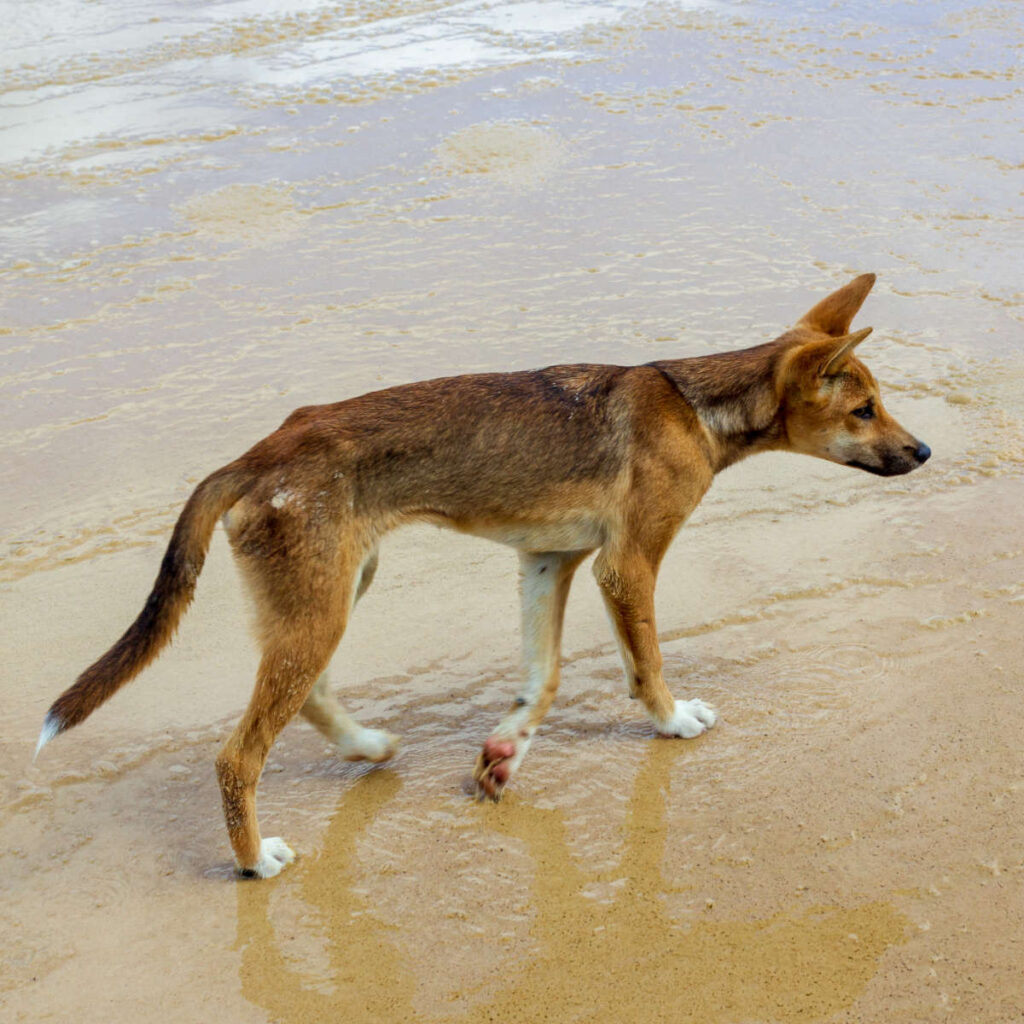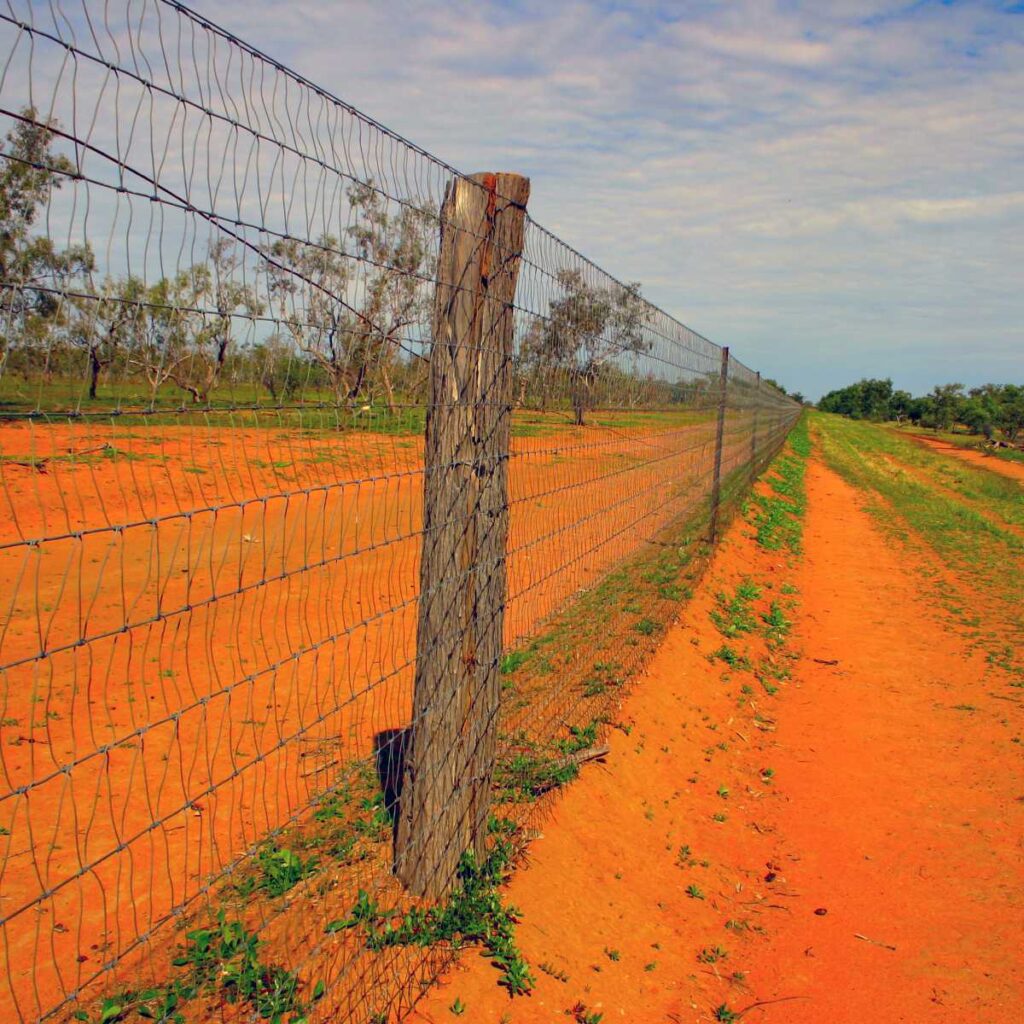Last Reviewed and Updated on November 1, 2022
Dingoes are one of the most iconic animals of Australia; these canines can be found almost across the entire continent. Read through some of the most interesting facts about dingoes, from their impressive flexibility to one of the world’s largest structures being built because of them.

1. Dingoes are considered feral dogs and not wild dogs
It is not known if dingoes were a wild species or a domesticated species when they were first discovered. Today’s dingoes are descendants of domesticated ones, so they are considered feral. Their relationship with indigenous Australians was a bit different than it is with a regular dog, as even if domesticated, dingoes are still perfectly capable of living independently.
2. Dingoes come in many colors
The three main coat colors are light ginger, black and tan, and creamy white. Most dingoes are a shade of ginger color.
3. Dingoes rarely bark
Compared to domestic dogs, dingoes bark less. Most of their vocal communication is made by howling and whimpering.
4. While they are often called dogs, they aren’t necessarily dogs
Its classification is still debated. Dingoes are considered many things; a form of domestic dog, a subspecies of either dog or a wolf, or even a full species in its own right.
5. The Dingo Fence is the longest fence in the world

The Dingo Fence is a fence that was built in Australia during the 1880s and was finished in 1885. The fence was built to keep the dingoes out of fertile lands and to protect the sheep flocks. With its 3,488 miles / 5,614 kilometers, it’s one of the longest structures in the world and is the world’s longest fence.
The fence varies in constriction, but it’s mostly made of high wire mesh.
6. You can have a pet dingo; in some places
You can have a dingo as a pet in parts of Australia (with a Dingo license). On the other hand, it is illegal to own a pet dingo in some Australian states.
Dingoes can be trained, but not as easily as other domesticated dog breeds.
7. Dingoes can turn their heads almost 180 degrees in any direction
Dingoes are very flexible, much more than regular dogs. They can turn their head 180 degrees in both directions (covering almost 360 degrees), allowing them to easily track their prey.
They also have proportionally larger brains than dogs.
You might also like our list of the weirdest facts about animals.
8. They can rotate their wrists
This is something not usually seen in canines – it’s more of a cat trait, although raccoon dogs and a type of fox are also able to rotate their wrist. This makes them better at climbing rocks and fences as well as scaling other obstacles.
Fun fact: this also allows dingo to turn doorknobs and open latches, making dingo quite an escape artist.
9. Dingoes are the largest predators in Australia
They are the largest living land-based predators in Australia. They hunt small and large animals. In packs, they can tackle kangaroos, cattle, water buffalos, and feral horses.
10. Their social behavior is flexible
Young males are usually solitary and nomadic, while adults often form a settled pack. The pack consists of a male and female with the offspring of the current year and sometimes offspring from the previous year.
